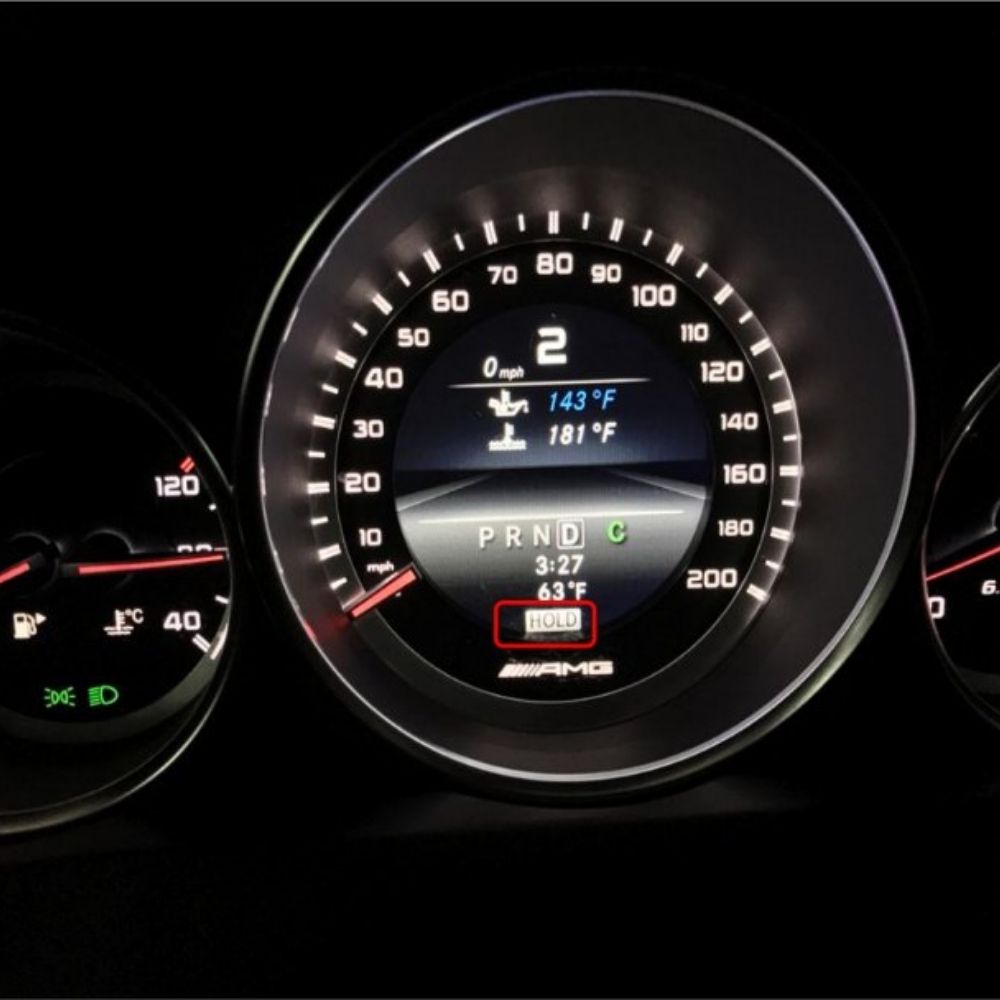
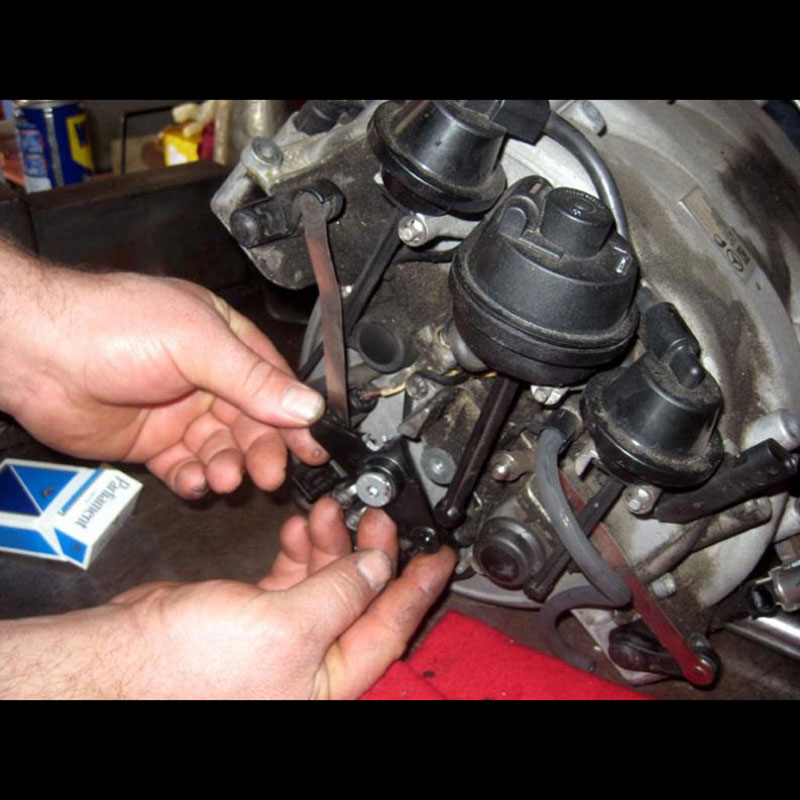
Mercedes Fault Code 0521 signals a potential hiccup in your engine’s tumble flap system, but don’t worry, autoexplain.com is here to guide you through diagnosing and resolving this issue with confidence. We’ll help you understand the causes, symptoms, and solutions, ensuring your Mercedes purrs like new; together, we will help you find the optimal tools and equipment to support your car repair work.
Table of Contents
ToggleMercedes-Benz fault code 0521, often displayed alongside the generic OBD-II code P2004, indicates a problem within the intake manifold’s tumble flap system. This system is vital for optimizing your engine’s performance, specifically at lower RPMs. The code generally points to two common issues: an electrical short circuit in the sensor wiring or a mechanical binding of the tumble flap shafts. This section will delve into what the tumble flap system does, why it’s important, and the common problems that trigger this fault code, related to engine diagnostic.
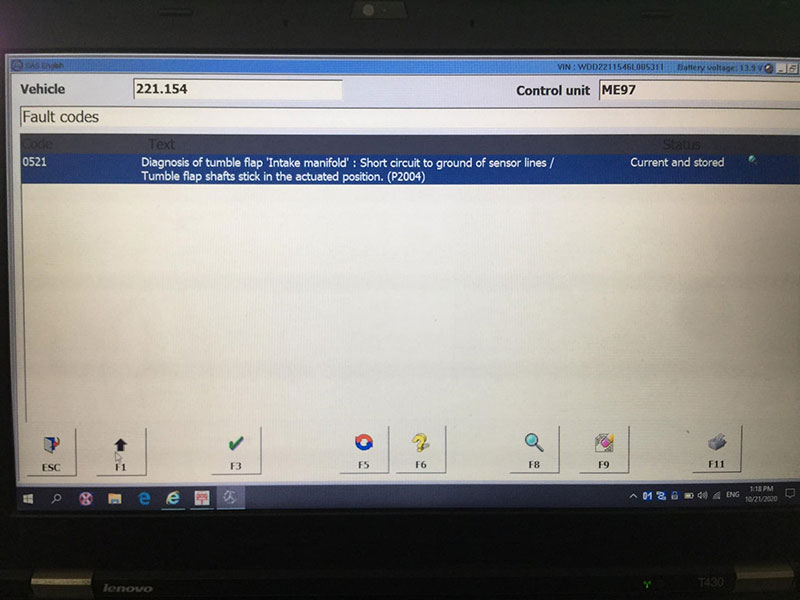
The tumble flap system, integral to many Mercedes V6 M272 and V8 M273 engines (as noted in various Mercedes-Benz technical documents), plays a key role in engine efficiency. Think of it as a set of tiny doors inside your intake manifold that adjust the airflow. At low engine speeds, these flaps close slightly, increasing the air velocity and creating a “tumble” effect. This improved air-fuel mixture leads to better torque and responsiveness, enhancing your driving experience. At higher engine speeds, the flaps open fully to allow maximum airflow for peak power.
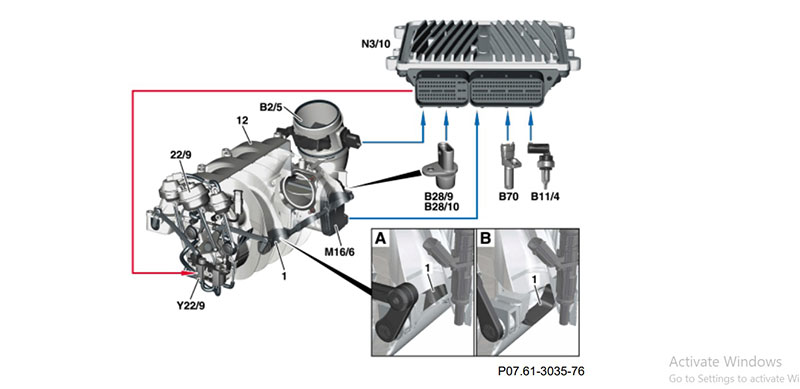
A properly functioning tumble flap system ensures optimal engine performance, fuel efficiency, and reduced emissions. When this system malfunctions, you may experience several drivability issues, including rough idling, hesitation during acceleration, and a decrease in overall power. Addressing Mercedes DTC 0521 promptly is crucial to prevent further engine damage and maintain your Mercedes’ smooth operation.
Several factors can contribute to this fault code, including:
Electrical Issues:
Short Circuits: Damaged or degraded wiring insulation can lead to short circuits in the tumble flap position sensor circuit. This is often due to aging or exposure to engine heat and oil.
Corrosion: Corrosion at the sensor connectors, particularly those located near the oil filter housing, can disrupt electrical signals.
Mechanical Issues:
Broken Linkage Arms: The plastic linkage arms connecting the vacuum actuators to the flap shafts are prone to cracking and breaking, especially with age and thermal cycling.
Carbon Buildup: Over time, carbon deposits can accumulate on the tumble flaps and shafts, restricting their movement.
Actuator Problems: Worn or damaged vacuum actuators can develop leaks, preventing the flaps from opening and closing correctly.
Understanding these potential causes is the first step towards effective diagnosis and repair, helping you restore your Mercedes to its peak condition.
Identifying the symptoms associated with Mercedes-Benz fault code 0521 is crucial for timely diagnosis and repair. Catching these issues early can prevent more significant problems down the road. Here’s what to look out for:
The most noticeable symptoms often relate to how your car drives.
Rough Idle: The engine may idle unevenly, particularly when cold. This can manifest as vibrations or a shaky feeling in the car.
Hesitation During Acceleration: You might experience a lag or stumble when accelerating, especially at lower speeds. The car may feel sluggish or unresponsive when you press the gas pedal.
Check Engine Light: The check engine light (CEL) will illuminate, indicating a stored P2004 or P2006 code related to the tumble flap system. This is your car’s way of telling you something needs attention.
Sometimes, the effects of a malfunctioning tumble flap system can be subtle or mimic other problems.
Mimicking Transmission Issues: Due to torque management interventions, a faulty tumble flap system can sometimes create symptoms similar to transmission problems. This can include erratic shifting or a feeling of “slipping.”
Reduced Fuel Economy: An inefficient air-fuel mixture due to the faulty flaps can lead to decreased fuel economy, causing you to fill up more often.
Being aware of these symptoms allows you to address the problem before it escalates. Don’t ignore a check engine light or unusual driving behavior. Promptly investigating these issues can save you time and money in the long run, ensuring your Mercedes runs smoothly and efficiently.
Diagnosing Mercedes Benz Fault Code 0521 requires a systematic approach to pinpoint the exact cause of the problem. This section outlines a detailed diagnostic protocol, blending electrical checks with mechanical inspections to ensure accurate results. Armed with this knowledge and the right tools from autoexplain.com, you’ll be well-equipped to tackle this issue.
Before diving into mechanical components, start with the electrical system.
3.1.1 Sensor Circuit Testing
Disconnect the Sensor: Locate the tumble flap position sensor, typically found at the rear of the intake manifold. Carefully disconnect the sensor connector.
Measure Resistance: Use a multimeter to measure the resistance between the sensor pins.
Ground (Pin 1) → Chassis: The resistance should be less than 1Ω, indicating a good ground connection.
Signal (Pin 2) → ECM: With the ignition ON, check for a 5V reference voltage. This confirms the ECM is sending power to the sensor.
Return (Pin 3) → ECM Ground: Verify continuity to the ECM ground, ensuring a proper return path for the signal.
Inspect Wiring Harness: Thoroughly inspect the wiring harness for any signs of chafing or damage, especially near sharp edges or firewall pass-through points.
3.1.2 Actuator Vacuum Test
Connect Vacuum Gauge: Connect a vacuum gauge to the actuator line.
Idle Measurement: At idle, you should expect a vacuum reading of 18–22 inHg.
RPM Measurement: At 3,000 RPM, the vacuum should maintain at least 15 inHg.
Manual Vacuum Test: Apply manual vacuum to the actuator to verify the diaphragm’s integrity. If the diaphragm leaks, the actuator needs replacement.
If the electrical checks pass, the issue likely lies within the mechanical components.
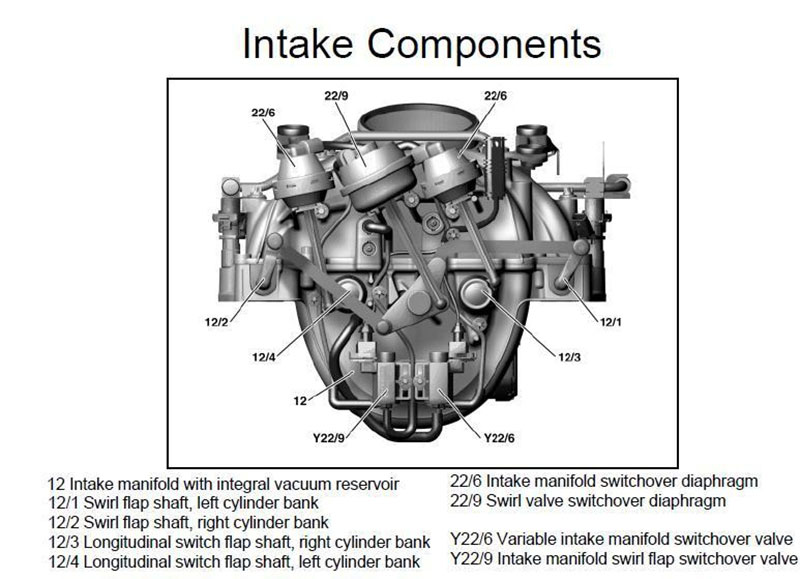
3.2.1 Visual Assessment
Remove Engine Covers: Remove the engine covers to gain clear access to the intake manifold and tumble flap system.
Inspect Linkage Arms: Visually inspect the linkage arms for any cracks or breaks. A borescope can be useful for hard-to-reach areas.
Check Flap Shaft Freedom of Movement: Manually rotate the linkage through its full range of motion (approximately 90° arc). Any binding or resistance indicates carbon accumulation or bearing wear.
If carbon buildup is the culprit:
Apply Cleaner: Spray CRC GDI Intake Valve Cleaner or a similar product through the vacuum ports.
Agitate Deposits: Use nylon brushes (avoiding metal tools) to gently agitate the carbon deposits and loosen them.
By following this comprehensive diagnostic protocol, you can accurately identify the source of the Mercedes OBD code 0521 and implement the appropriate repair solution. Remember, having the right tools from autoexplain.com can make this process much smoother and more efficient.
Once you’ve diagnosed the specific cause of Mercedes Trouble Code 0521, it’s time to implement the necessary repairs. This section provides detailed solutions for both electrical and mechanical issues, along with cost estimates and step-by-step instructions. Autoexplain.com offers a range of tools and equipment to support these repairs, ensuring you can complete the job with confidence.
When the problem stems from electrical faults, here are the solutions:
| Component | Procedure | Cost Estimate | Tools Needed |
| Position Sensor | Replace with OE A2721402401. Clear adaptation values post-install using XENTRY/DAS. | 85-120 | Diagnostic software (XENTRY/DAS) Tools: Mercedes Benz C4/C5/C6 |
| Wiring Harness | Repair damaged sections using heat-shrink butt connectors. Add convoluted tubing for protection. | 40-80 | Wire stripper, crimping tool, heat gun, tubing |
For mechanical issues, you have a couple of options:
4.2.1 Linkage Arm Replacement (X8R Repair Kit)
This is a cost-effective solution for broken linkage arms.
Kit Contents: CNC-machined aluminum lever, stainless steel linkage rods.
Installation Steps:
Remove the intake manifold (3–4 hours labor).
Extract broken lever remnants using pick tools.
Secure the new lever with a thread-locked T30 bolt (9 Nm torque).
Lubricate joints with Kluber Staburags NBU 12.
Cost: $220 (kit) + 5 hours labor.
4.2.2 Full Manifold Replacement
This is necessary for severe carbon scoring or cracked mounting flanges.
Indications: Severe carbon scoring in runners, cracked mounting flanges.
OE Part Numbers: A2721402201 (V6) / A2731400701 (V8).
Procedure:
Transfer fuel rail and injectors to the new manifold.
Replace all intake gaskets (A0000780189).
Cost:
700 – 1,200 (parts) + 6 hours labor.
After completing the repairs, it’s crucial to validate the fix.
4.3.1 Adaptation Reset
Using XENTRY/DAS:
Engine Control Module → Adaptations → Reset tumble flap learned values
4.3.2 Functional Test
Actuate Flaps: Use diagnostic software to actuate the flaps and monitor live data.
Verify Transition: Verify a smooth RPM transition between 1,800–2,200 RPM (the flap engagement window).
By following these repair solutions and utilizing the right tools from autoexplain.com, you can effectively resolve Mercedes Error Code 0521 and restore your vehicle’s performance.
Prevention is always better than cure. This section focuses on preventative measures that can help you avoid Mercedes Diagnostic Code 0521 in the first place. Implementing these strategies will not only save you time and money but also ensure your Mercedes continues to run smoothly for years to come. Autoexplain.com offers a range of products to support these maintenance tasks.
Carbon buildup is a major contributor to tumble flap system problems. Here’s how to combat it:
Install a Catch Can: A catch can (e.g., BMS CC-RX-16) reduces oil vapor ingress into the intake manifold, minimizing carbon deposits.
Walnut Blasting: Perform walnut blasting every 60,000 miles to remove existing carbon buildup from the intake valves.
Regularly inspect the linkage arms to catch any potential issues early.
Inspection Frequency: For vehicles with over 100,000 miles, inspect the linkage arms every 30,000 miles.
Use High-Quality Fuel: Using high-quality fuel with detergents can help keep the fuel system clean and reduce carbon buildup.
Regular Oil Changes: Regular oil changes with high-quality synthetic oil ensure proper lubrication and minimize oil vapor entering the intake system.
Periodic System Checks: Have your mechanic perform periodic checks of the tumble flap system during routine maintenance to identify and address potential issues before they escalate.
By incorporating these preventative measures into your maintenance routine, you can significantly reduce the risk of encountering Mercedes OBD Code 0521 and keep your Mercedes running at its best. Autoexplain.com is your partner in preventative maintenance, offering the tools and equipment you need to keep your vehicle in top condition.
Fixing Mercedes Fault Code 0521 can be complex, but you don’t have to tackle it alone. Whether you’re dealing with electrical faults, mechanical failures, or need expert help for the repair:
AutoExplain is here to support you!
We provide:
In-depth diagnostic support for all Mercedes-Benz models
Expert guidance on troubleshooting and resolving fault code 0521
Step-by-step assistance with electrical and mechanical repairs
Remote support available 24/7 to help you with any challenges
Contact us now via WhatsApp: +1(936)2896695 and let our experts guide you every step of the way. Experience the peace of mind that comes with knowing you’re in the hands of professionals who care about your car’s performance as much as you do.


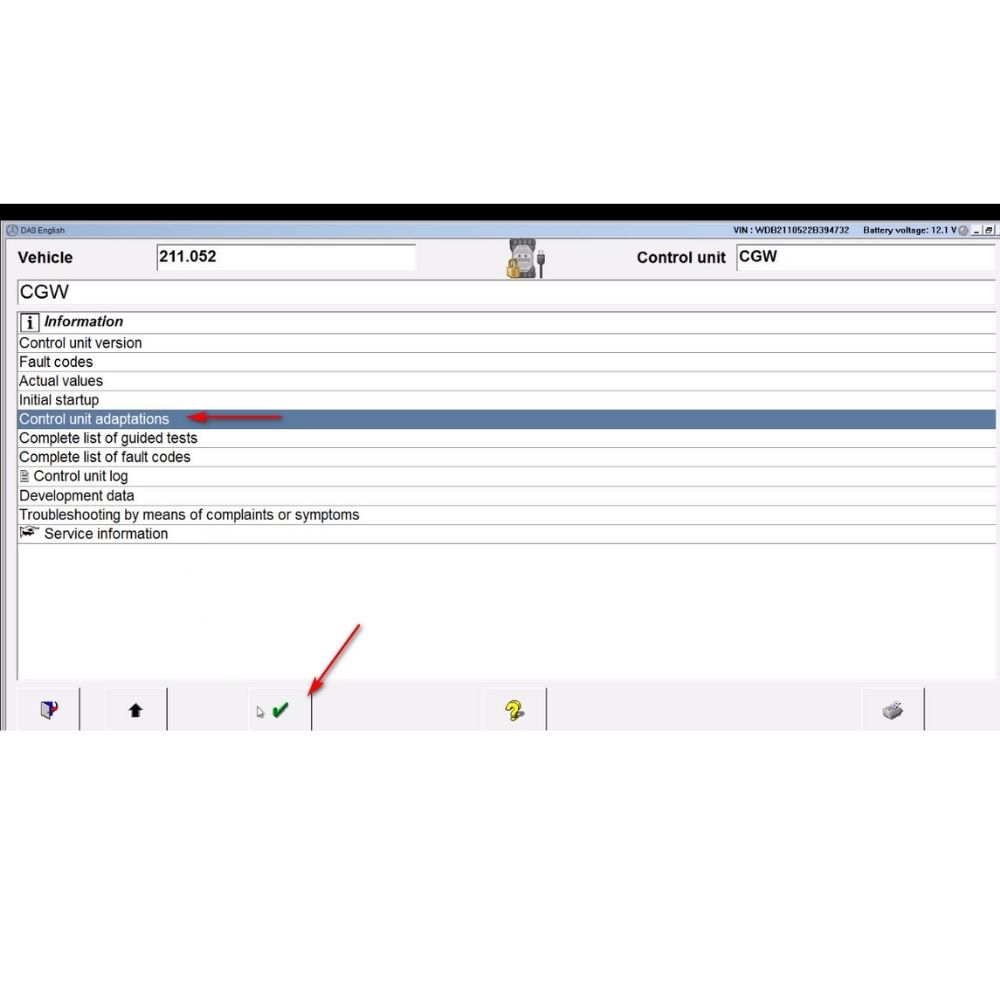
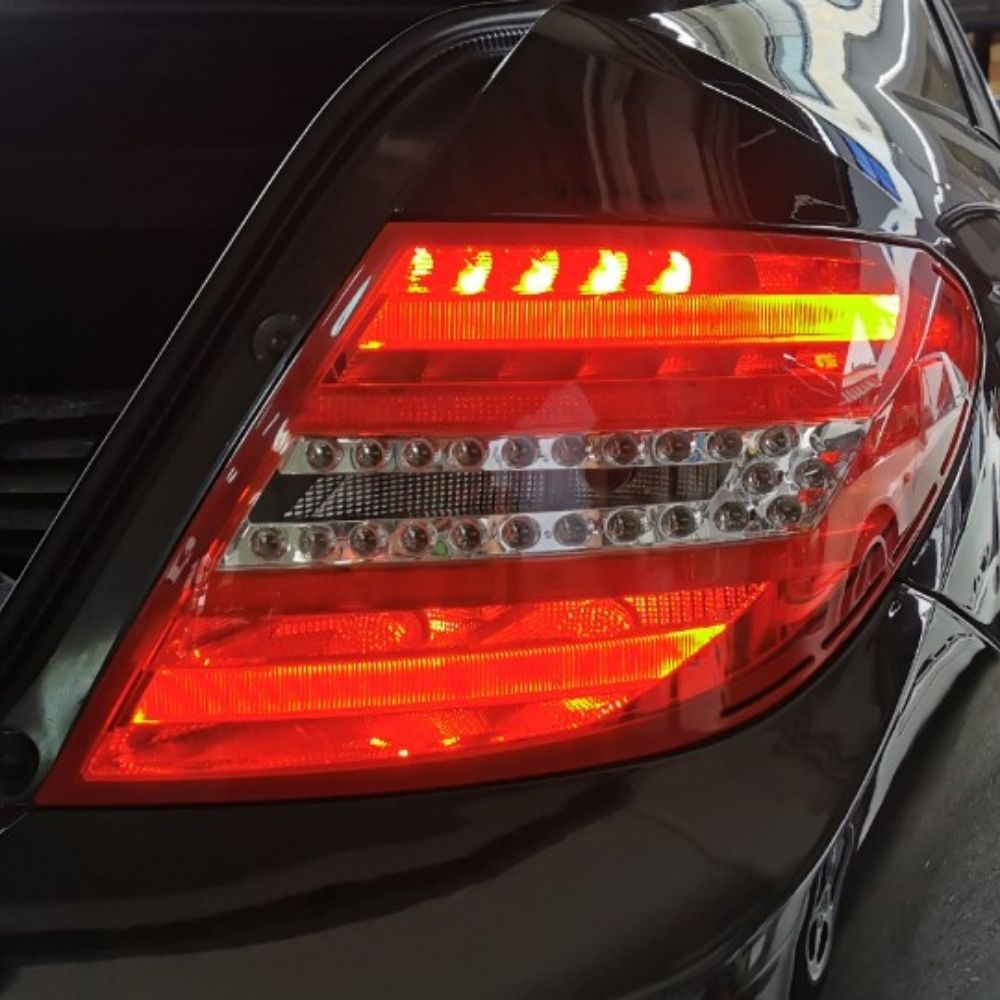

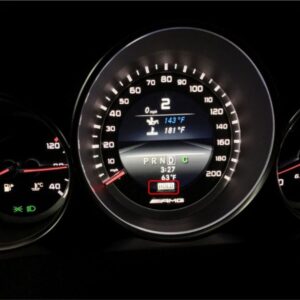

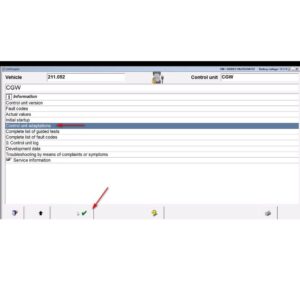
At AutoExplain, we provide automotive online repair service, auto repair tips, car repair manuals & document & training course to help mechanics of all experience levels—fix vehicles efficiently
AUTO EXPLAIN LLC
Employer Identification Number (EIN):
38-4349958
Whatsapp Us: +1(936)2896695
Gmail: [email protected]
Our Workshop: 1500 N Grant ST Sten Denver, Colorado, United States
Copyright 2025 © AutoExplain